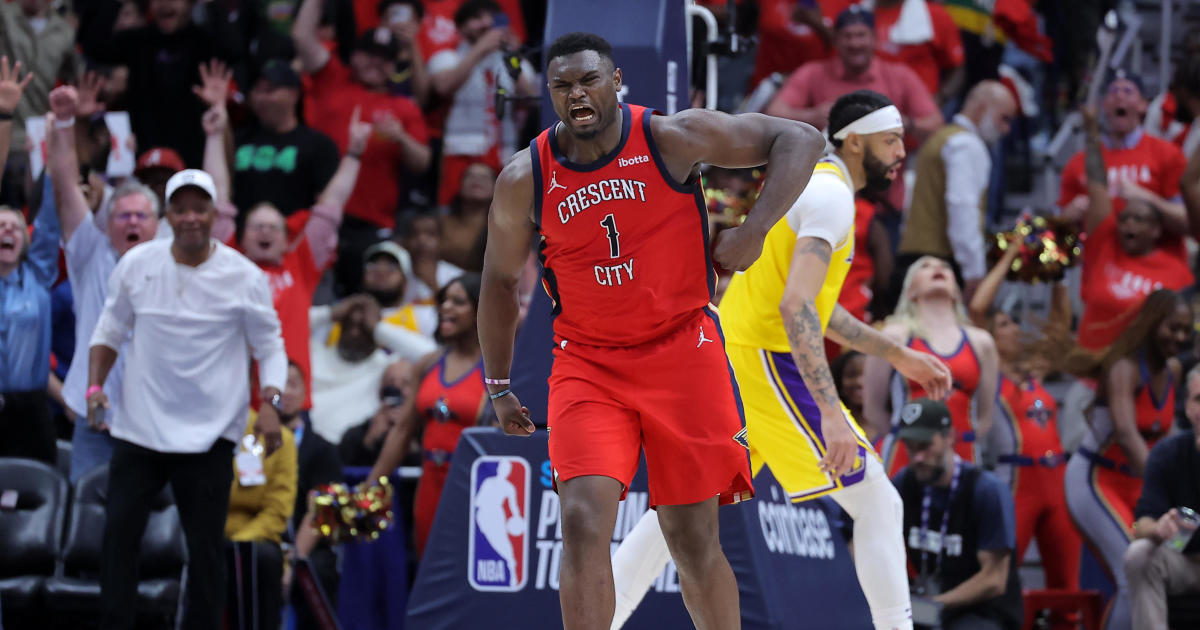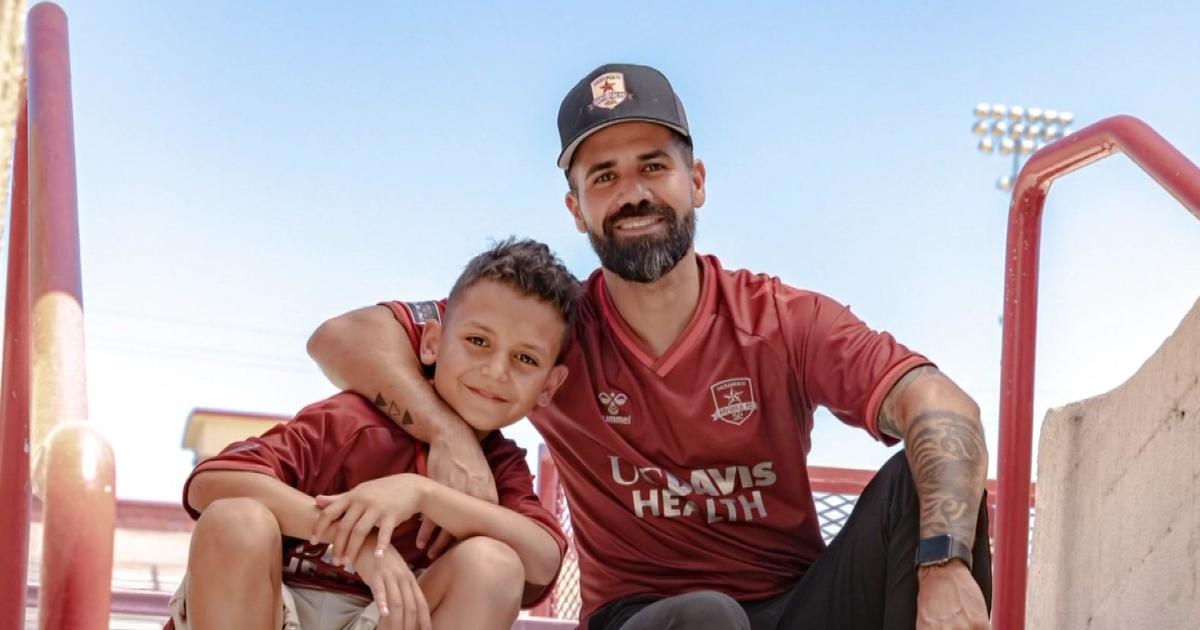Kayte: How Long Do We Ignore The Real NFL?
The NFL is, without a doubt, the most brutal major professional sport – that fact is nothing new. In fact, the physicality of the NFL is celebrated.
However, the long term effects of grown men in pads and helmets literally trying to destroy one another are becoming clearer and clearer.
"No pain, no gain."
This is maybe the biggest cliché a professional athlete hears. It's true, of course. The problem is, as a professional athlete, not only is pain there to tell yourself you're pushing the limits to an unsafe level, but there is also an array of treatments and medications to help you mask said pain so you can perform day in and day out.
My WNBA career ended due to a back injury I first sustained early in my rookie season. Through my six active seasons I was on Celebrex, a medication given primarily to people 40+ years older than I was to deal with arthritis.
It is an excellent anti-inflammatory that I was taking in large doses during the season. I went off it during the offseason and underwent blood test to make sure that it wasn't affecting my organs. I was 21 years old.
It wasn't until my career ended that I ran into my former team doctor who had a serious conversation with me about my back injury that ended my career. He spoke to me very candidly and with massive regret. He told my team that I should not return to the court and needed time to rehab and heal.
I played the next day.
That information he gave the team was not passed on to me. I was given medication, treatment and did what I was supposed to do: I played. I had no knowledge of the diagnosis. That information was relayed directly to my team medical staff and my head coach. It was my head coach who instructed the medical staff to keep me on the court.
My situation is nothing compared to what NFL players go through on the daily. That's why this recent article Comfortably Numb: The NFL fell in love with a painkiller it barely knew by Louis Bien of SB NAtion struck a chord with me (Also, check out our interview on The Drive with Bien on Friday).
It's a lengthy dive into the use of Toradol in NFL locker rooms. For those of you who aren't familiar with Toradol, it's a drug that was created specifically for the relief of severe postoperative pain. It's a thousand times more effective at relieving pain than aspirin.
It's this drug that players 30-deep line up for in NFL locker rooms on game days, during training camp and for some players, multiple times a week as a proactive measure against pain.
The makers of this drug, which has been on the market for 27 years, had this to say when they found out about it's use in professional locker rooms:
"I thought whoever is responsible for this should have been incarcerated. When I was told about this, I said, 'My goodness, this is the stupidest thing I've ever heard of and these guys should be jailed for it. The thing that disturbs me, is the use of Toradol as a prophylactic against pain. Pain is a good thing. It tells you that there's something wrong. And if you mask that pain, you allow yourself to worsen the injury."
The list of newly retired players who have spoken out about the use of Toradol in locker rooms is shocking.
Recently retired left tackle Eugene Monroe, 29, just penned an article for The Players Tribune entitled Getting off the T Train where he describes the line of players waiting for a shot of Toradol like a line in a cafeteria.
"You feel like a new person when you get out there," Monroe said. "You might get injuring during a game but you feel nothing, so you do nothing."
Calvin Johnson recently spoke about the use of painkillers and the ease with which players can obtain them, citing the use of these drugs to be able to stay on the field as a reason for his retirement.
Maybe the most disturbing thing to me about all of this was learning about a 2013 NFL Players Association survey that found roughly 9 out of 10 players did not trust their team's medical staff (78 percent rated their distrust at "5," the highest score they could give).
That took me back to the conversation I had with my own team doctor years ago. He didn't have to reveal that information to me. I would have never known, but I could tell it was something that deeply troubled him. He told me he was so flabbergasted that they had gone against his medical recommendations, but he also did not know that I had no knowledge whatsoever of his diagnosis and treatment plan.
This happened in the WNBA, people. A league that doesn't even begin to compare in terms of significance, popularity and financial earning power like the NFL. So if it's happening there, what in the world is happening in NFL locker rooms?
We have plenty of evidence. But my question is, how long do we ignore it?



